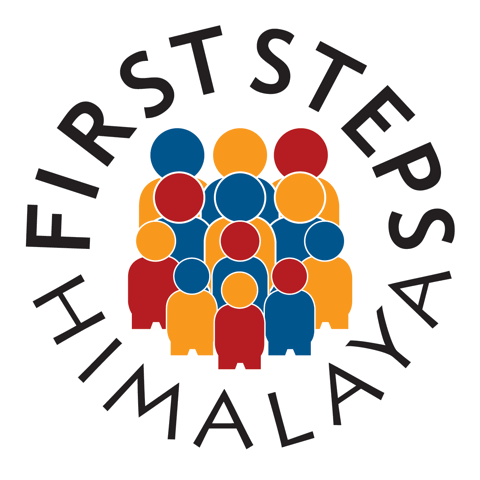Nepal’s significant lack of widespread, quality education is a result of its historically unequal social hierarchy and lack of formal education systems until as recently as the past 70 years. Whilst informal education and the teaching of religious ideas have existed in Nepal since ancient times, education has historically been reserved for the highest castes of Hindus. Without deeply rooted generational access and appreciation for education, especially in rural areas, progress to improve education among underprivileged Nepalis has been slow.
Little has changes in many rural villages where children sit for hours on end without a teacher.
Until the last century, the teaching of religious stories and ideas has been the most prevalent form of education among Nepalis. For Buddhists, this teaching took place in monasteries and gompas.
Young buddhist monks are educated at monasteries
The Veda
In Hinduism, education was reserved for the highest castes of society. Brahmins studied religious texts such as the Veda, which taught them the procedures of religious rituals, whereas the Chhetris learned about warfare and administration. The reservation of education for the highest castes is in accordance with the certain privileges and limitations each caste is assigned in traditional Hindu culture. With the abolition of the caste system in law during the 20th century and the subsequent easing of social beliefs around caste, education has been available to the general public of Nepal since 1951.
Kathmandu circa 1950
The formal education through schools that continues today began in Nepal as an imported idea from India, based on the systems put in place during the British Raj. Durbar High School in Kathmandu opened in 1854, making it the first modern school in the country. However, it was established solely for the purpose of teaching Rana students - the ruling dynasty at the time. No attempt was made to provide education for anyone else and the right to education was kept for the ruling elite.
During the Rana regime, a man called Jagat Lal ran a school at his home despite great personal risk. His school was one of the few places that children could learn. He wrote textbooks and children’s stories and was an advocate of teaching English language. Some of his students went onto became famous in their own right as pioneers in education and industry.
Jagat Lal with his class in Kathmandu
By 1951, when education became officially available to the public, progress was extremely slow. In the 1950s, the adult literacy rate was still at just 5%, and families preferred for their children, especially girls, to stay at home and work on their land than go to school. There was no understanding of the need for education.
Teenage girls often drop out of school to work in the fields, marry and have children.
Women in the remote village of Payunswara gather to ask for a school. There has never been a school here,
First Steps Himalaya Founding Director, Durga Aran was also kept at home on and off throughout his school age years. His parents saw more value in him working in the fields and helping the family than attending the nearest school which was a steep 2 hour walk from home. Even when Durga did attend school, the teacher was often absent and he was so exhausted from the long walk, that concentrating in class was challenging.
Children still miss school to labour in the fields.
Luckily much has changed since then but similar challenges still exist today, as caste, gender and economic status are still barriers that Nepali children face in their access to education.
For more information on First Steps Himalaya click here









